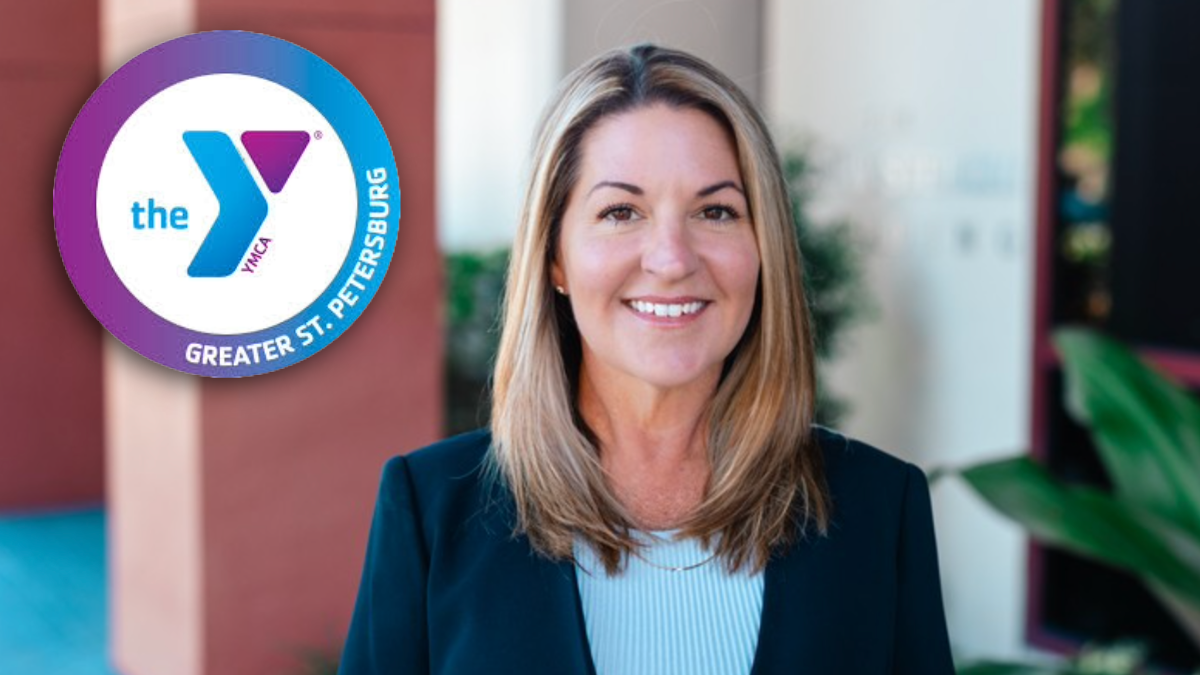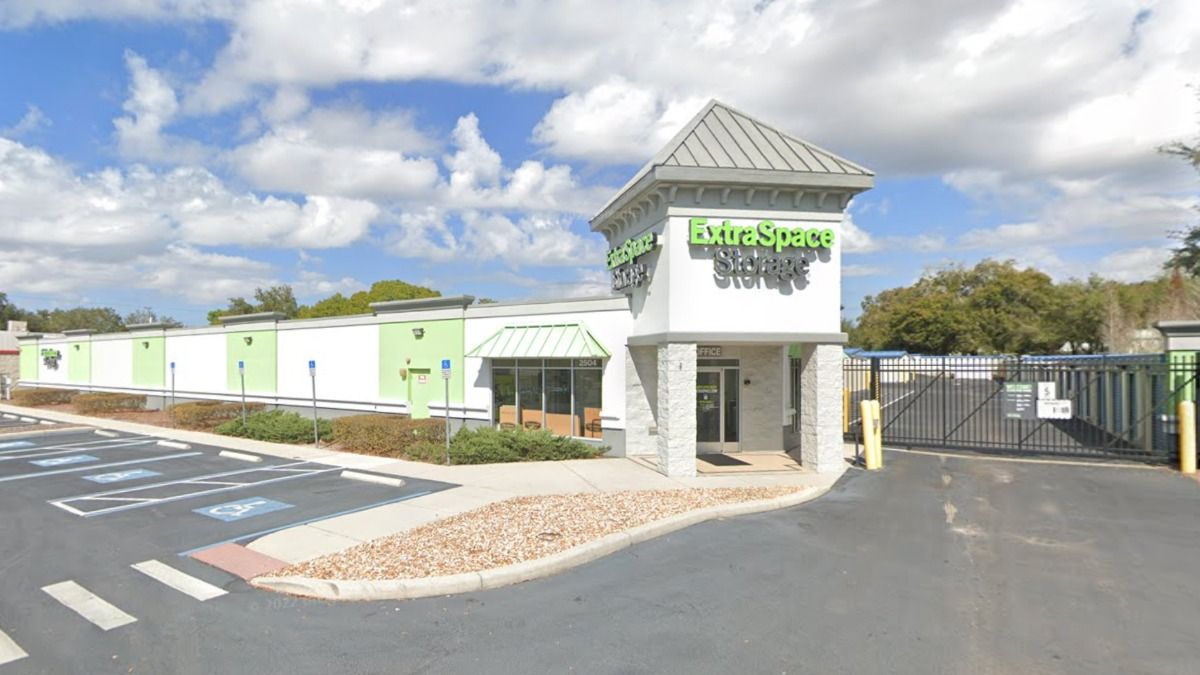The outlook for Tampa Bay architectural firms is strong for 2019 and beyond, which means the area’s overall economic future looks bright. These bullish projections are based on a recent American Institute of Architects Tampa Bay economic outlook survey of area architects, which can serve as a predictor of the region’s future for real estate development and construction activity.
Architects have a unique vantage point on the outlook for Tampa Bay’s development-related economy, because they are hired early in the development process, with projects often being completed two or three years after the architecture firm is brought on board. Architects are the “canaries in the coal mines,” so to speak.
The survey of 120 local architects found that 69 percent of them expect demand for architectural services in the area to increase this year. Also, 79 percent estimate their organization will hire more employees this year, and 42 percent anticipate revenue growth of at least 10 percent.
Matching this outlook, the region’s backlog is strong, with numerous projects on the books that will be built over the next three years, in part because of the pent-up demand for new construction coming out of the recent recession.
Many of the survey’s findings were confirmed in a recent AIA Tampa Bay panel discussion of architects and professionals from related fields.
“We haven’t seen any slowing yet,” said Josh Bomstein, president of Clearwater-based Creative Contractors, during the discussion. “Opportunities abound in many segments.”
Stephen Johnson, an architect with Harvard Jolly, agreed. In particular, he talked about the continuing demand for new schools in fast-growing areas such as Wesley Chapel in Pasco County and Ruskin in south Hillsborough County. “All market segments— residential, education, health care, municipal—are somewhat equal,” he said, “which implies there is a balance, and that’s a good sign.”
The steady migration of new residents to the Tampa Bay area is a key to continued demand for new facilities of all types. For example, Florida’s health care industry is meeting patients’ needs with smaller facilities closer to where consumers live. This decentralization, which some call the “retailing of health care,” is leading to many development opportunities.
As lifestyles change quickly and dramatically, those in the design and construction industry have to plan for the future and create buildings with flexibility. There was a time when a municipal building could stand 40 or 50 years without needing an update, Johnson said at the AIA forum. But that’s no longer the case, and facilities have to be built in a way that enables future changes to avoid complete renovations.
For example, Mickey Jacob, principal of the Design Studio at BDG Architects in Tampa, said his firm has started designing residential buildings with access for Uber and Lyft. And as communities become more walkable, the industry is putting more thought into making streetscapes the “living rooms” where people socialize.
The strong development-related economy is a boon, but also creates challenges for the industry. The survey also reflects concerns about whether architecture firms can attract the top-notch talent they need to keep up with the demand for their services. Nearly all (98 percent) of the architects in the survey report it’s becoming more difficult to recruit and retain skilled workers.
• “Things have changed in the past three to five years,” Johnson said. “Now we are using recruiters and looking beyond our state’s borders.” Harvard Jolly also has a history of reaching out to colleges and even high schools to offer internships over the summer. The firm has two architects who started as college interns.
• Jacob talked about how his firm offers architects the opportunity to get experience in various sectors. This can help retain talented professionals who want variety in their work.
• Bomstein shared the story that his company recently requested proposals from 13 plumbing companies for a $1 million contract, and, initially, only one submitted a bid. After more outreach, the company got more bids, but the experience shows the labor shortage in the development and construction industries.
The panelists agreed that more focus on technical schools and better training for homegrown talent are keys to addressing these challenges. Even so, Tampa Bay remains an excellent market to live and work in, with a steady influx of newcomers who can work with longtime residents to make the advances we need.♦
Ward Friszolowski is president and chief operating officer of St. Petersburg-based Harvard Jolly Architecture, which has eight offices around the state.












